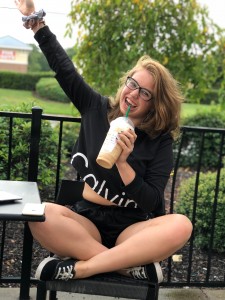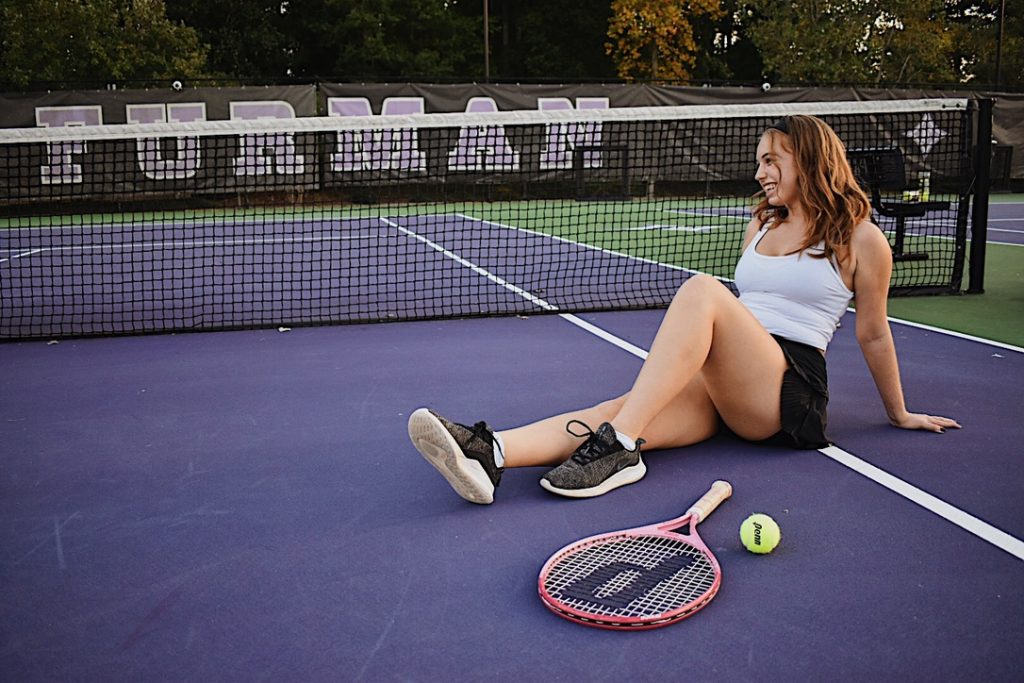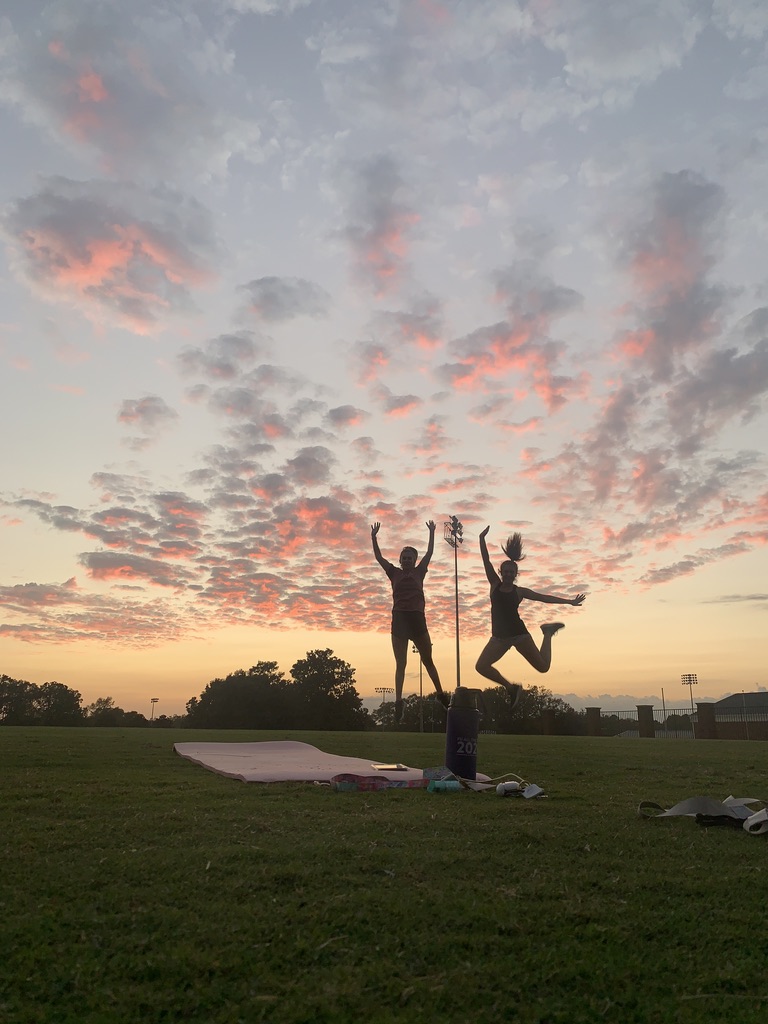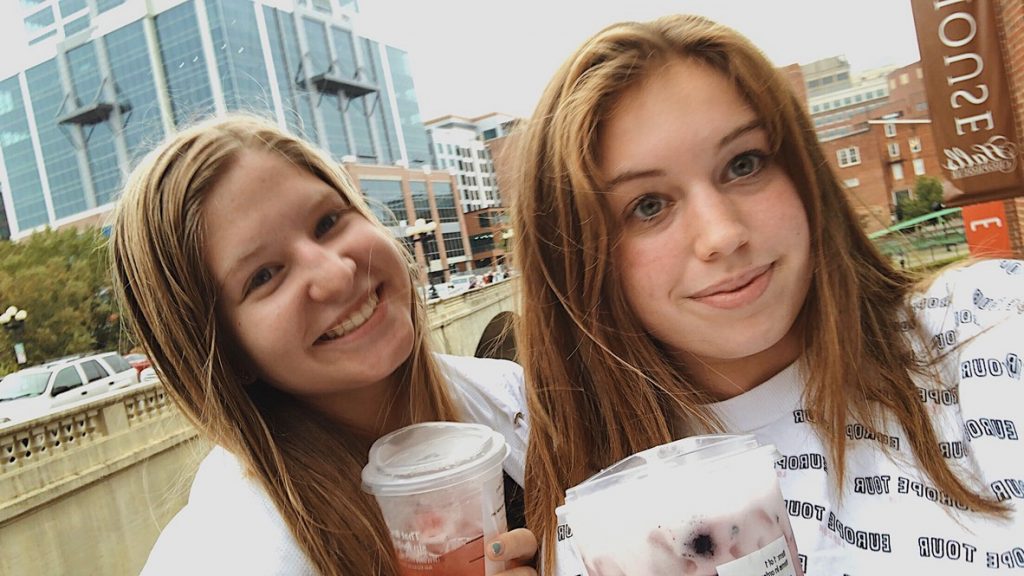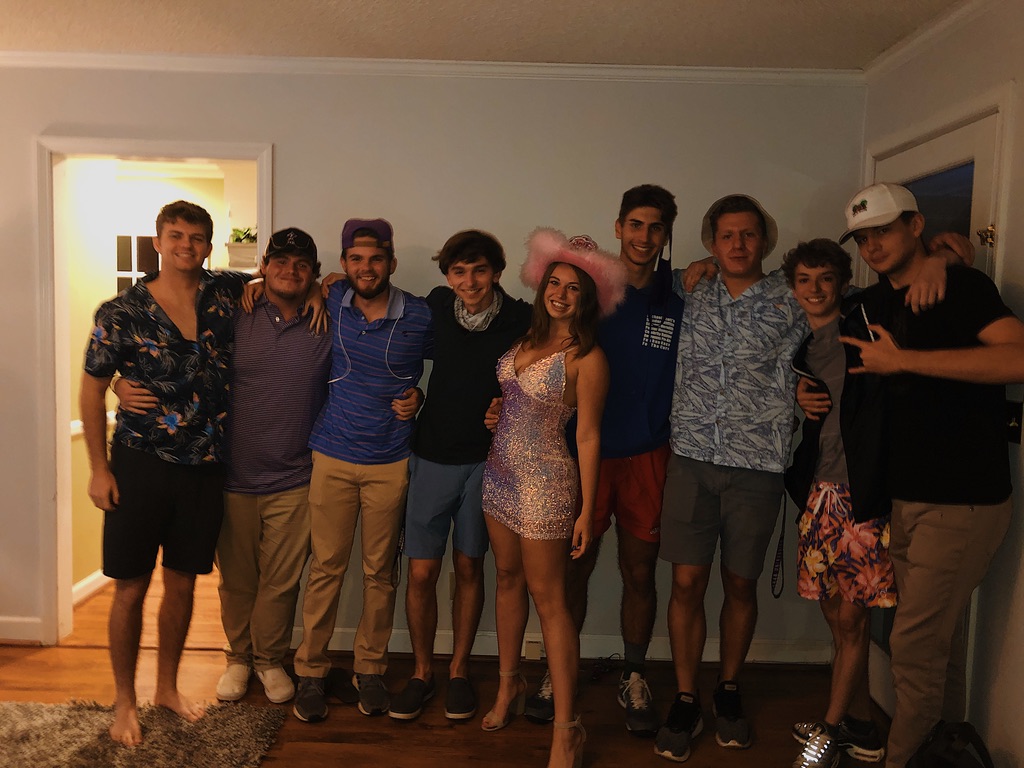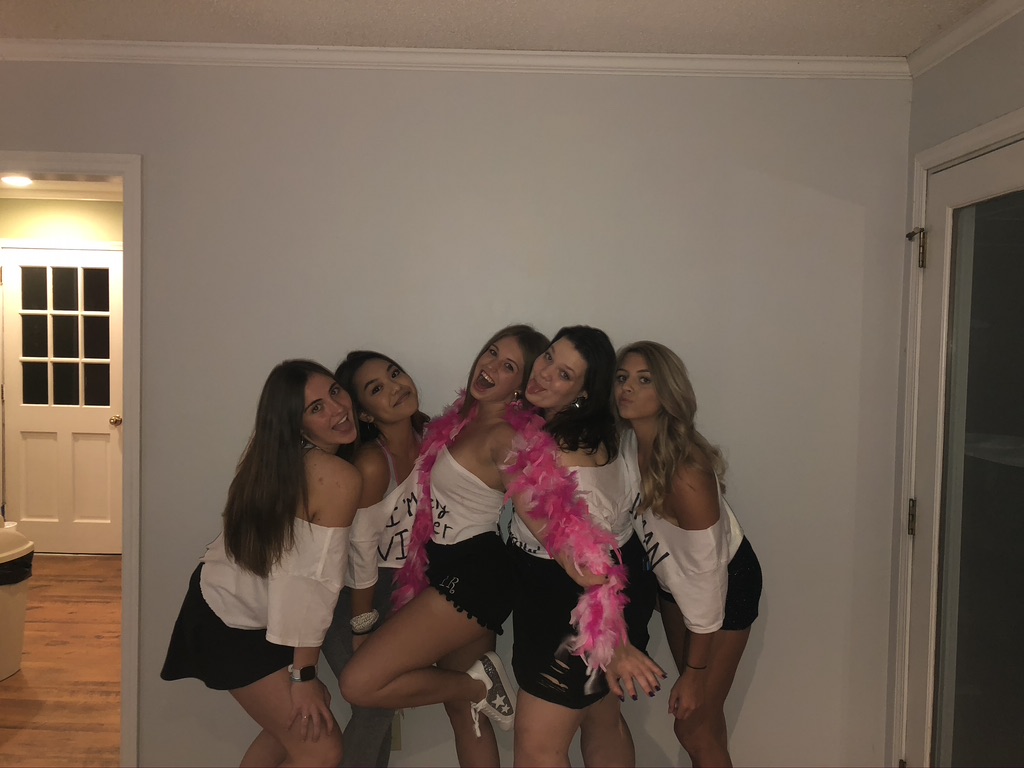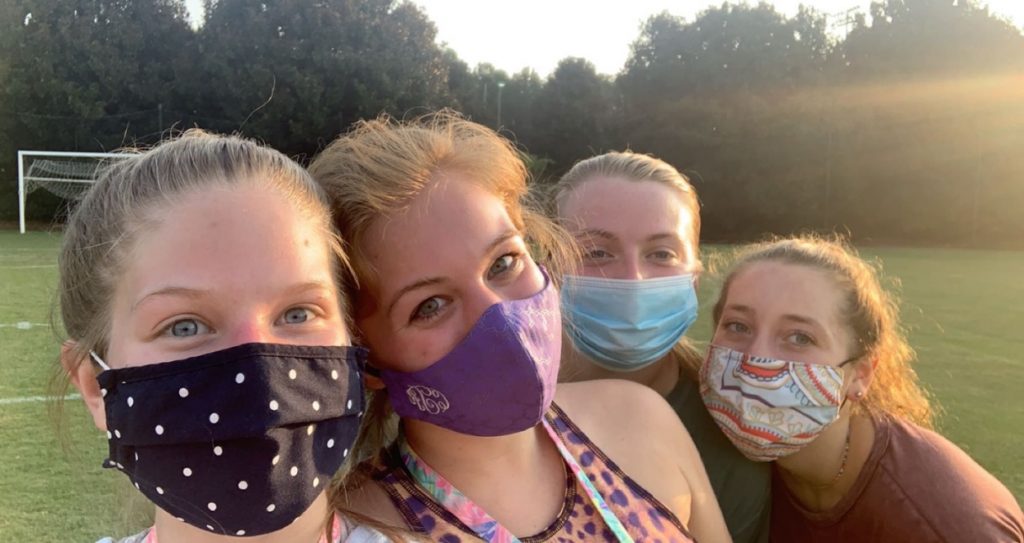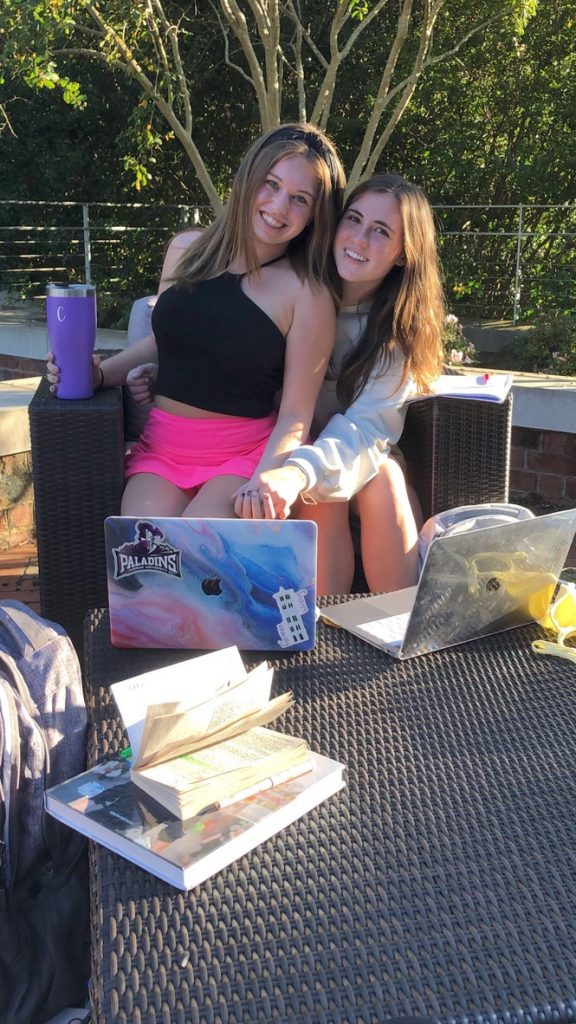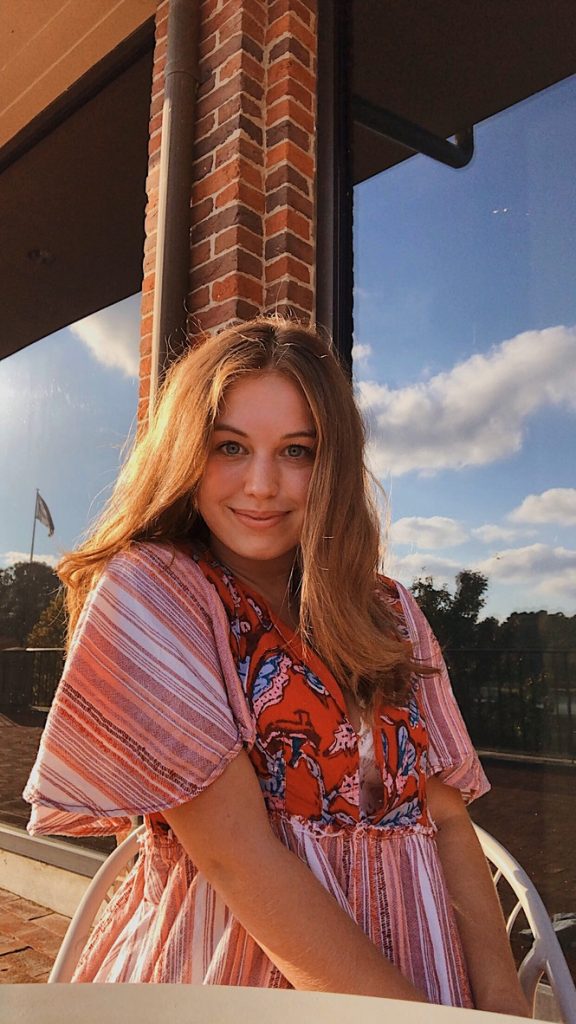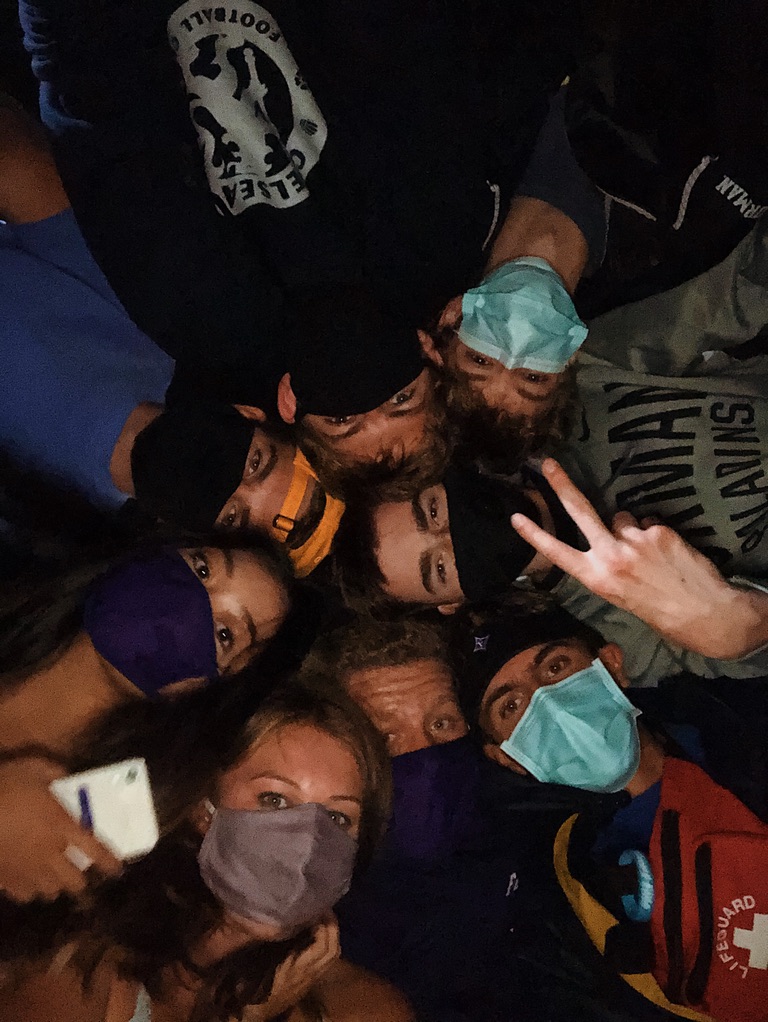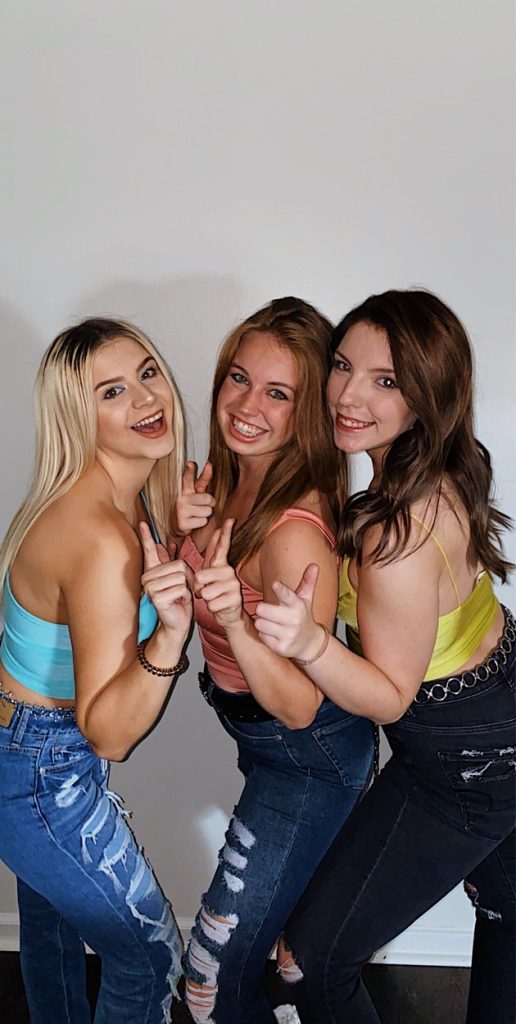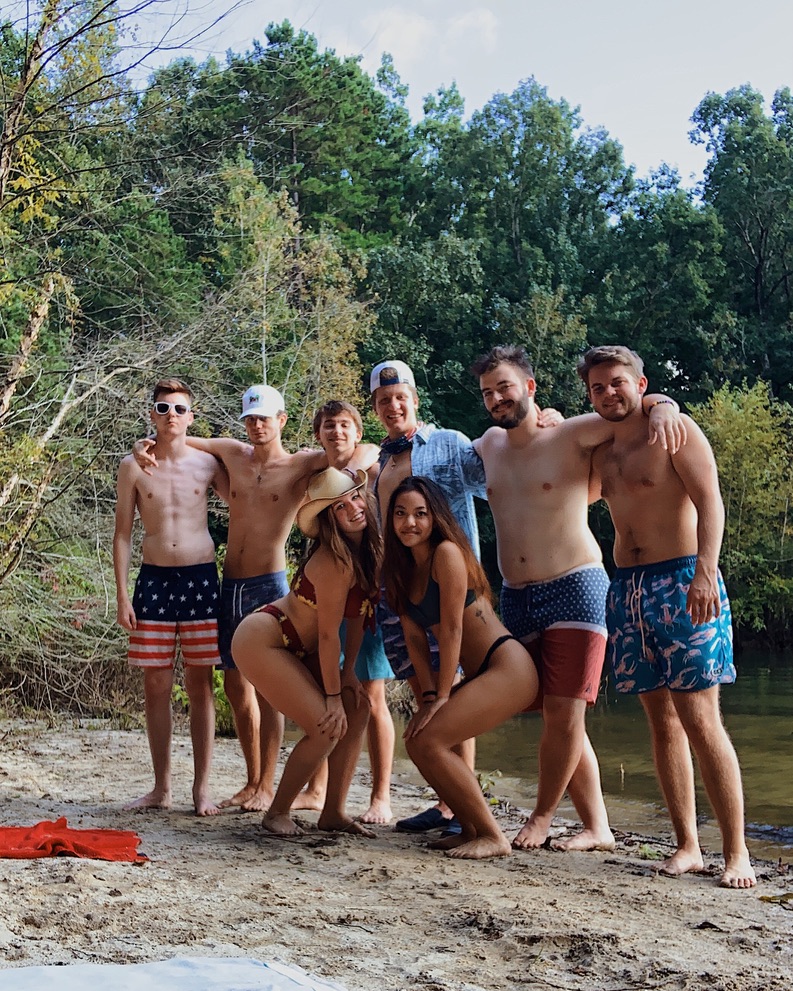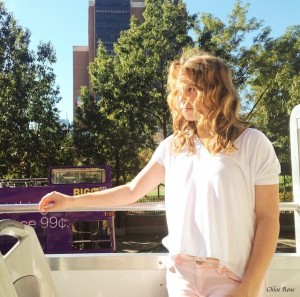You know. There really is not much to say, except maybe I should have written about this topic earlier. In all honesty, while it is not my first goal in life to solve the suicide problem within different communities, it would come in as close second. Even more so, one could argue it relates to my first love in life, the desire to change the inequalities leading to poverty. After experiencing three gut-wrenching suicides and even more through personal connections, I think it is time to look at death – even more so suicide – from the different perspectives I see in my own life. Taking each perspective piece by piece, eventually leading to why I believe suicide is one of the most prevalent situations surrounding the world around me.
Logical: We are about to get some data and numbers going. I did some research because, honestly, the process of doing such is kind of relaxing. Let’s just start with the most basic numbers within the United States. A 2019 report by the Substance Abuse and Mental Health Services Administration (SAMHSA) found that at least 12.0 million adults had serious thoughts about committing suicide during 2018. And even before 2018, the suicide rates had been rising since 1999. The National Center for Health Statistics (NCHS) reported that between 1999 and 2017, there was a 33% increase in the suicide rate. In other terms, the per capita rate changed from 10.5 per 100,000 to 14.0 per 100,000. Even more interesting, the distribution was not equal among ages or genders. The Centers for Disease Control and Prevention (CDC) proved this by providing research that proved that in 2018 the suicide rate among males was generally 3.7x the rate of females. By 2017, all age groups had seen an increase in suicide rates. Females within the age range of 45-64 and males within the age range of 75 and older saw the highest rate of any of the age groups (NCHS). As the COVID-19 epidemic has developed, many people have grown to struggle more with their mental health. The CDC reported that as of June 2020, there were elevated levels of adults struggling with “mental health conditions, substance abuse, and suicidal ideation.” All of this data leading to what I find to be the most interesting fact I have learned throughout my research tonight: In 2018, the Nation Institute of Mental Health reported that the number of suicides was over 2 1/2 times greater than the number of homicides within the United States. The last fact really struck me because if homicides are deemed worth our time to be looked at from an outsider’s perspective, why do we generally overlook suicides in comparison. Another fact from the National Center for Biotechnology Information stated that around 75% of suicides occur in countries considered Low and Middle Income or LMICs in which these areas face more poverty. However, since I am focusing specifically on my personal experiences, I think keeping things to the states might be a better option.
Faith: Death is a touchy subject for those of faith. It is a crucial factor in which makes every religion different. Throughout middle and high school, my bible studies never talked about suicide or death in general. I do not believe any of us Gals were ready for such a topic at 6am on a Tuesday morning before an 8 hour school day. Death in terms of the biblical context was never something I really wanted to learn about. It did not seem like something I really ever would face. After my best friend’s suicide in 2017, I became more curious about what the bible says and my own interpretations of the text. Two verses stand out in my head as I think about death.
“For I have no pleasure in the death of anyone, declares the Lord God; so turn, and live.” – Ezekiel 18:32
“The LORD is close to the brokenhearted and saves those who are crushed in spirit.” – Psalm 34:18
I think what is interesting about these verses is that they focus on inverting our idea of death being darkness. Not that one should ignore the pain and grief they feel- because, in all honesty, that is probably the most healthy way to handle it- but rather to find the brightest star in the dimmest night. Grief is a valid emotion that can be turned around into something to make one better. It is the fault of grief that we get stronger and move on to hopefully make the world a better place. Without pain or sorrow, we would not know suffering, and to not know suffering is to not know where to start change.
Emotion: Somehow, this is the hardest. Maybe if the first boy I ever loved had not killed himself, this would be a more comfortable topic for me to think about emotionally. It is hard to put yourself back into the same shoes you were at 16 years old. I remember getting the DM from one of his friends, who recognized my name on Instagram, that Tyler had died on the way to the hospital after shooting himself the previous night. I looked down from the banister at my father and just broke into pieces, no words, just tears. There is no word to describe my life for the next few weeks after that or January 8th of every year. I searched frantically almost every night for a new piece of information, and to my disappointment, none really evolved. For me, the pain that hurt the most was that he had to feel the actual physical pain of it all. He had missed the mark just enough to keep him alive for part of the hospital ride. He had missed the mark just enough to lose consciousness in both physical and emotional pain. You lose so much when you lose one person in your life. You lose a conversation to have, a hug to feel, and a love to show. It is not something you regain quickly, and sometimes you do not regain it at all. After the suicide of my friend Joey during my junior year of high school, I attended his funeral with various mutual friends. There is nothing more devastating than attending a funeral and then being told by the family that “you were always so kind and welcoming to him”. It is one of those things that, by all means, I am grateful people see in me. Still, at the same time, it is hard to realize that being kind and welcoming is just not enough with the challenges many faces today. It is not enough to be the one standing next to a person on the sidelines cheering them on. By all means, being a cheerleader is great, but sometimes it is not what that person needs. You have to be the one to take action and show them just how much you care. Putting their desires over your own is an excellent way to start. It was not until recently that I discovered just how much putting someone else’s desires first actually saves both sides a lot of pain in the end. It is not something that comes naturally to people; sometimes, it is more natural to be selfish. In the case of Joey, I recognized that there were many friends even closer to him than I was, and my next step was to just reach out and just be there even if they did not need me or want me. It was not about how I felt or in what way I desired to be there for them. More so in my heart, it was about anyone I knew or had some sort of connection with to feel like they were not alone. Feeling alone is my actual worst worst worst fear, and even if it is not someone else’s, I would not want anyone to experience what I fear most.
To experience the loss of someone who changed who you as a person is not okay for anyone. By no means do I think suicide is the best means to an end, but unfortunately, it is a real one. It is one we all face at some point in our lives, whether in our own thoughts or those around us. Therefore, taking time to talk about it and bringing awareness to it is one of the best ways to maximize the opportunity for a better future. The more educated we can all get about our feelings, beliefs, and responsibilities related to suicide- or just death in general- the more prepared we can be for the next time we have to comfort a friend or ourselves.




